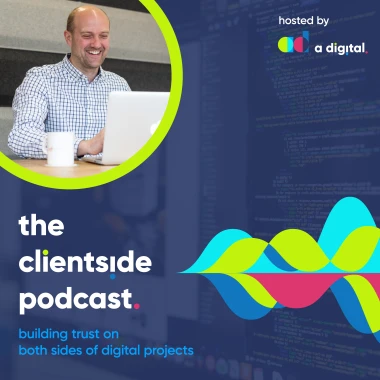
ABM in Inbound Marketing With Joe Birkedale
The Clientside Podcast
45 min Joe Birkedale
In this episode of the Clientside Podcast Andrew Armitage talks to fellow agency owner Joe Birkedale about ABM in inbound marketing.
Joe explains what ABM is, he highlights how it isn't a new concept and gives some examples of how it has been used by reps previously. He explains how it can be implemented for both new and existing customers.
We discuss the three key phases of ABM and how using this more targeted approach seeks to connect with the decision making unit as a whole and not just connect with an individual who may ultimately not have the authority to place an order.
Listen on your smart device or read the transcript below
ABM is about working out who that decision making unit is and then crafting the message that resonates with each one accordingly and ultimately get them all together in the room.
Joe Birkedale Tweet

